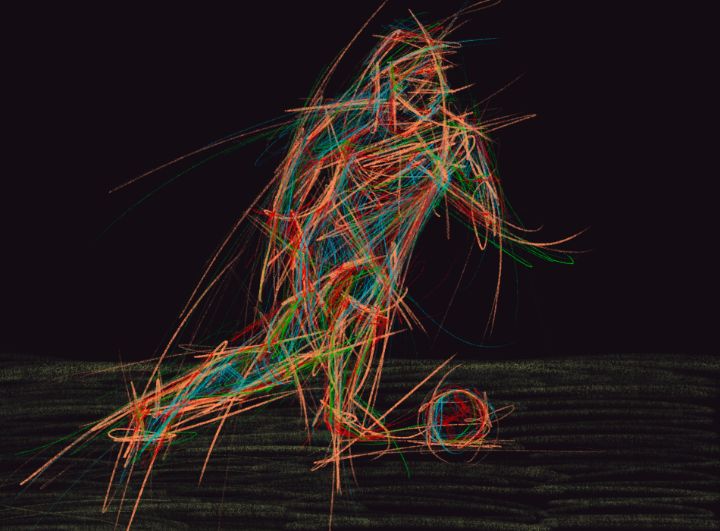Catherine Dunn, an emerging artist primarily known for her digital depictions of powerful sporting moments, recently made headlines by filing a lawsuit against the renowned Oprah Winfrey Network. This surprising legal turn has sparked curiosity and speculation among observers, leading many to ponder not only the merits of her claims but also the broader implications behind the case.
At the heart of the matter lies the issue of copyright infringement. Dunn asserts that the network utilized her artwork without proper authorization or compensation. This predicament echoes a persistent dilemma in an age where artistic creations can be reproduced and disseminated with alarming ease. Copyright law, originally designed to protect creators, often struggles to adapt to the rapidly changing digital landscape, leaving artists vulnerable to exploitation. Dunn’s case serves as an emblematic representation of these ongoing challenges faced by artists, specifically in their interactions with larger corporate entities.
The legal battle also raises questions about the relationship between creativity and commerce. Artists like Dunn often find themselves at the intersection of art and the commercial market, where their works can become commodities valued for their artistic merit and profitability alike. Such dynamics prompt a deeper examination of how creators can balance their passion for artistry with the imposition of commercial interests. In Dunn’s view, the appropriation of her work by a powerful network not only undermines her artistic integrity but also highlights a broader cultural issue regarding the treatment of artists in a capitalist framework.
Moreover, the case sparks intrigue into the motivations behind the Oprah Winfrey Network’s actions. One cannot help but wonder whether the network, known for its advocacy of inspirational narratives, had considered the implications of appropriating creative works without consent. The missed opportunity for collaboration presents a poignant reminder of the potential synergy that exists when art and commerce unite on equitable terms. By engaging with artists respectfully, companies could not only avoid legal entanglements but also foster a genuine connection with the creative community.
As the lawsuit unfolds, it serves as a microcosm of a larger narrative—one that pits individual creators against the sprawling machinery of commercial media. The fascination surrounding this case transcends mere legalities; it encapsulates the ongoing struggle for artistic autonomy in a world increasingly dominated by corporate interests. How this scenario resolves could have lasting repercussions for artists navigating an uncertain landscape, as well as for the entities that seek to leverage their creativity for profit.
In conclusion, Catherine Dunn’s legal challenge is emblematic of a critical juncture for artists today. The outcome may set precedents that could either empower or hinder the creative community. This case transcends the immediate dispute and ignites a dialogue about the symbiotic relationship between artists and the media landscape, shedding light on the vital importance of recognizing and respecting artistic contributions.
